Exploring Different Types of Springs and Their Applications
Introduction:
Springs are versatile mechanical devices that store and release mechanical energy, making them essential components in various industries and applications. From simple coil springs to complex torsion springs, each type serves a specific purpose. In this blog, we will delve into the different types of springs and explore their wide-ranging applications.
1.Coil Springs:
Coil springs are the most common type of springs, consisting of a helical coil shape. They can be further classified into compression springs, extension springs, and torsion springs. Compression springs absorb and store energy when compressed and are widely used in automotive suspension systems, industrial machinery, and consumer products. Extension springs, on the other hand, expand and store energy when pulled, making them suitable for garage doors, trampolines, and various mechanical systems. Torsion springs apply torque and are commonly found in clothespins, vehicle suspension systems, and even mousetraps.
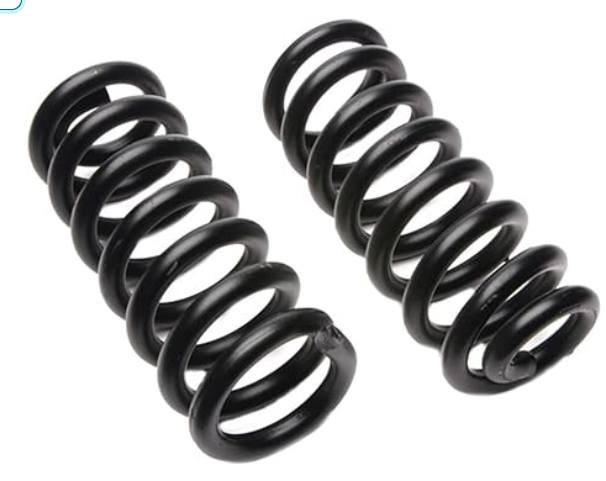
2.Leaf Springs:
Leaf springs are made up of multiple layers of curved metal strips, or leaves, bound together. They provide suspension support and are commonly used in vehicles such as trucks, trailers, and some passenger cars. Leaf springs offer excellent load-carrying capacity and stability, making them ideal for heavy-duty applications.

3.Constant Force Springs:
Constant force springs are a unique type of spring that provides a constant force throughout their range of motion. They are often used in applications that require a smooth and consistent force, such as retractable tape measures, window blinds, and counterbalance mechanisms.
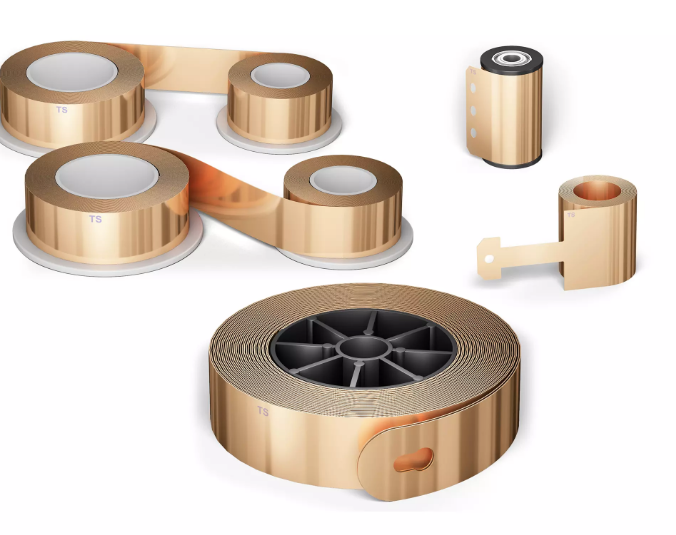
4.Belleville Springs:
Belleville springs, also known as disc springs or conical springs, are conically shaped and provide high spring loads in confined spaces. They are widely utilized in pressure relief valves, bolted connections, and disk brakes, where their ability to handle high loads and maintain consistent pressure is crucial.
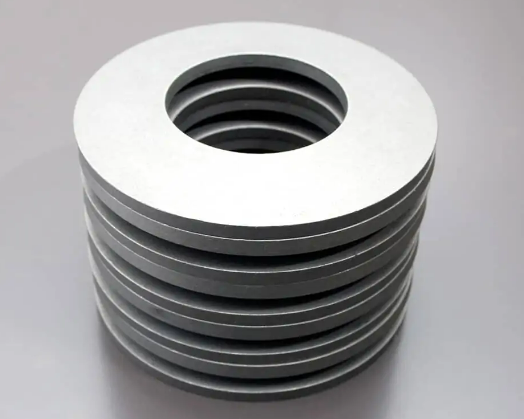
5.Wave Springs:
Wave springs are flat or coiled springs that are designed with a wave-like shape. They offer a compact and lightweight solution for applications with limited space. Wave springs are commonly used in aerospace, medical devices, and precision equipment, where their low spring rates and precise load requirements are advantageous.
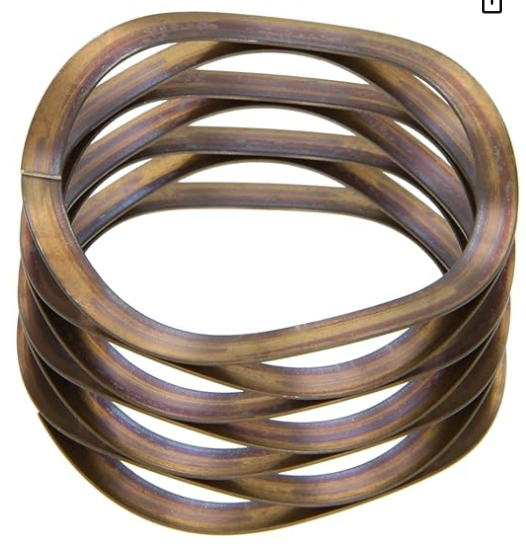
6.Gas Springs:
Gas springs, also known as gas struts or gas lifts, are filled with compressed gas and are used for controlled lifting, lowering, and damping motions. They are commonly found in office chairs, automotive hatches, hospital beds, and industrial machinery, providing smooth and controlled movement.
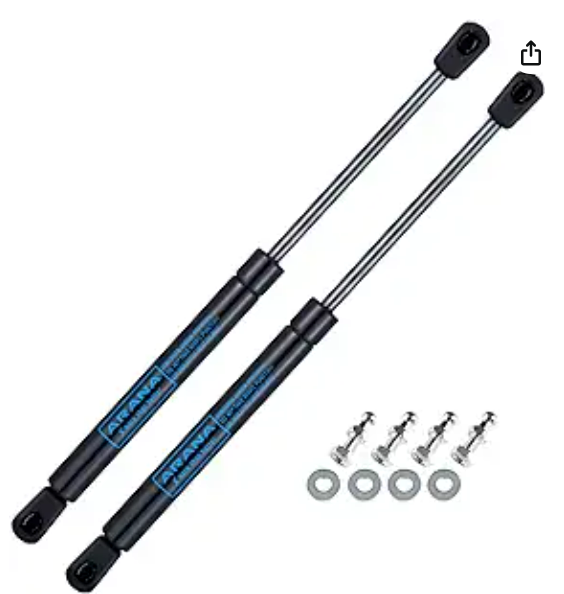
7.Die Springs:
Die springs are heavy-duty compression springs specifically designed for high-stress applications, such as stamping and metal-forming dies. They are known for their durability, reliability, and ability to withstand repetitive loads, making them critical in industrial manufacturing processes.
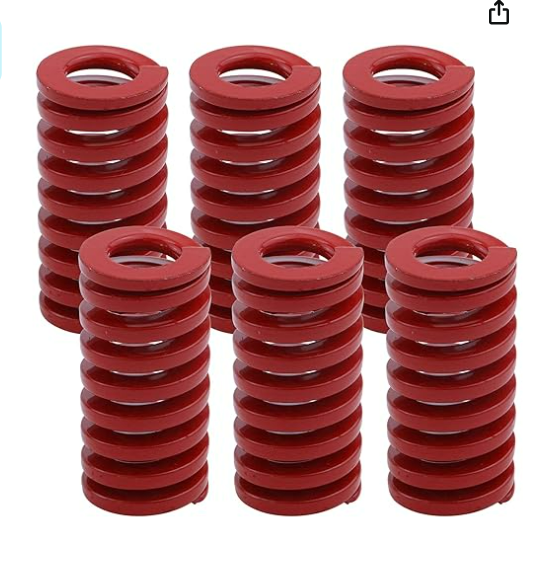
8.Clock Springs:
Clock springs, also known as power springs, are spiral-shaped springs used in applications that require rotational energy storage and release. They are commonly found in mechanical clocks, watches, and spring-driven devices. Clock springs provide the necessary force to wind up the mechanism and release it gradually to power the timekeeping mechanism.
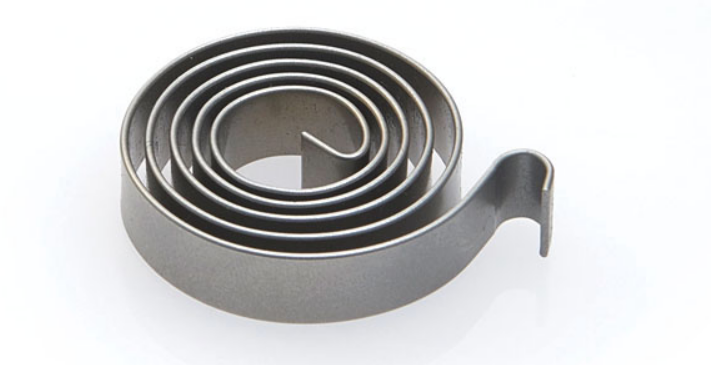
9.Volute Springs:
Volute springs are unique spiral springs with a conical shape and varying pitch. They are used in applications that require high force and limited space, such as in electrical switches, safety valves, and clutch mechanisms. Volute springs provide a high amount of force in a compact design, making them suitable for applications where space is a constraint.
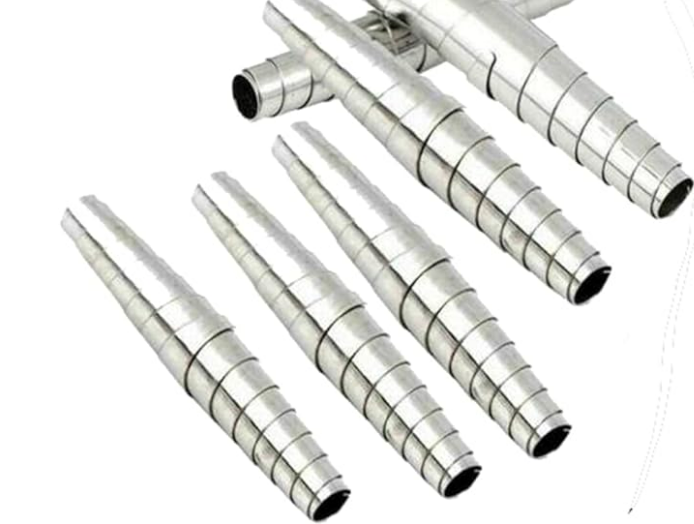
10. Torsion Bar Springs:
Torsion bar springs, also known as torsion bars, are long, straight bars designed to resist twisting forces. They are commonly used in vehicle suspension systems to provide stability and control. Torsion bar springs absorb and distribute the forces generated during vehicle movement, helping to maintain a smooth ride.

Conclusion:
Springs play a vital role in numerous industries and applications, providing mechanical support, control, and energy storage. Understanding the different types of springs and their applications is essential for engineers, designers, and anyone working with mechanical systems. Whether it’s the compression springs in your car’s suspension, the leaf springs supporting heavy loads, or the gas springs providing smooth motion, each type of spring serves a specific purpose, contributing to the efficiency and functionality of countless products and systems.















